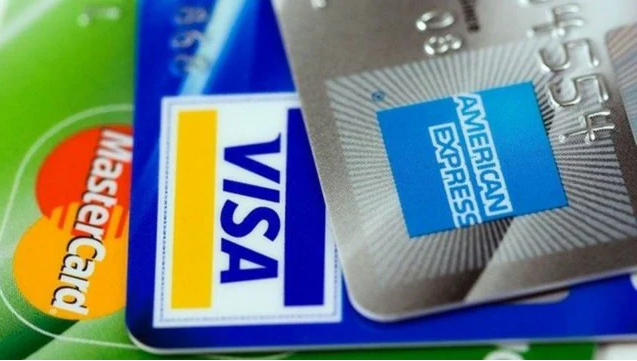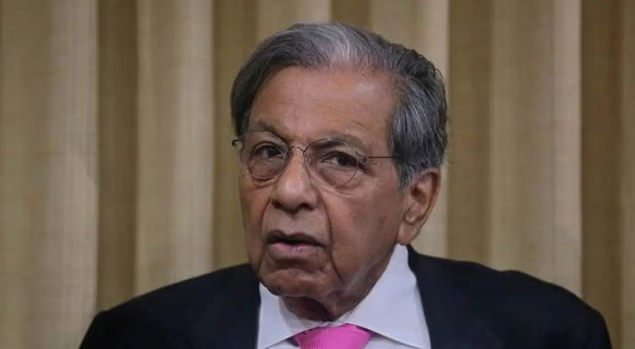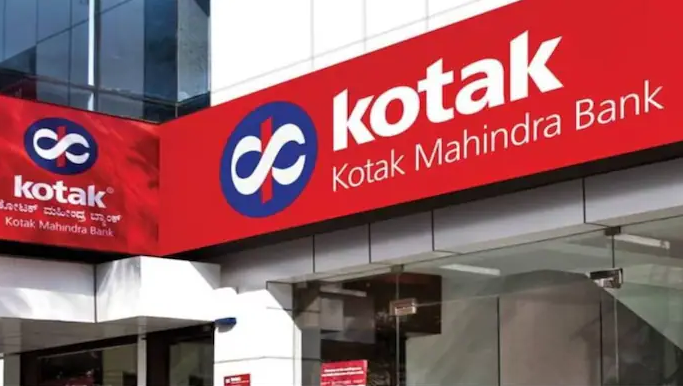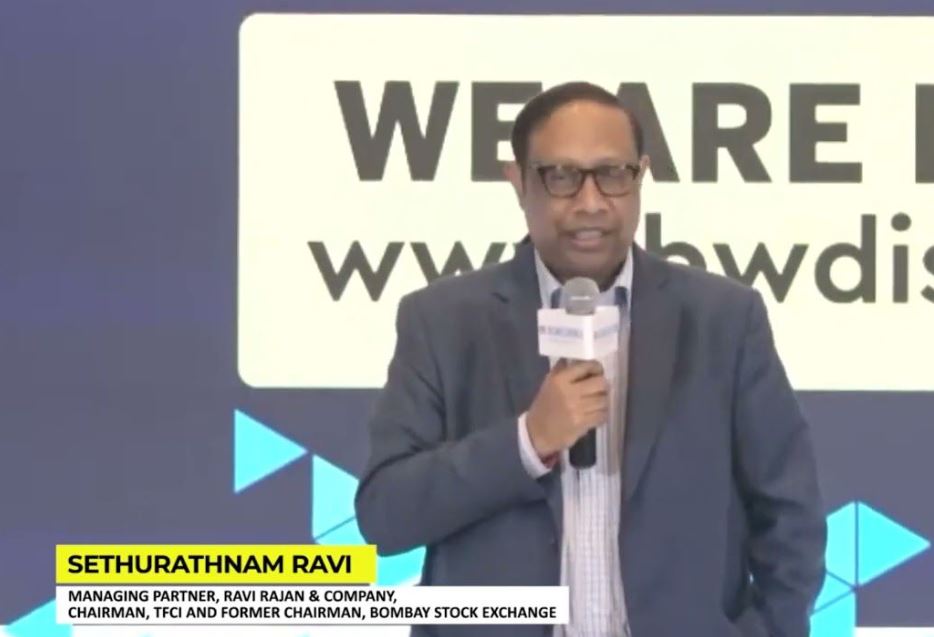Credit card usage in India has skyrocketed, with customer spending tripling over the past three years. As of March 2024, credit card transactions reached ₹18.31 lakh crore, a significant increase from ₹6.30 lakh crore in March 2021. This surge is attributed to the post-pandemic economic recovery and rising consumer confidence.
Rapid Increase in Credit Card Transactions
According to data from the Reserve Bank of India (RBI), the value of credit card transactions rose from ₹6.30 lakh crore in March 2021 to ₹9.71 lakh crore in March 2022, and further to ₹14.32 lakh crore in March 2023. By March 2024, monthly spending by card users exceeded ₹1.50 lakh crore, reaching ₹164,459 crore. In comparison, it was ₹72,319 crore in March 2021.
Growth in Number of Credit Cards
The number of credit cards issued by banks also saw a rapid increase, growing from 6.20 crore in March 2021 to 10.18 crore in March 2024. This reflects the expanding adoption of credit cards among Indian consumers.
Rising Credit Card Outstanding
However, credit card outstanding amounts have also increased, reaching ₹267,979 crore as of May 2024, up from ₹161,512 crore in 2022. Credit card outstanding refers to the amount due from customers after the interest-free period offered by banks.
Dominance of Private Banks
The credit card segment is largely dominated by private banks. HDFC Bank leads the market with 2.11 crore credit cards, followed by State Bank of India (1.91 crore), ICICI Bank (1.7 crore), and Axis Bank (1.43 crore). HDFC Bank reported point of sale (POS) transactions of ₹16,251 crore and e-commerce card use of ₹25,155 crore for May 2024, according to RBI data.
Regulatory Measures
In November 2023, the RBI increased the risk weight on bank exposures towards consumer credit, credit card receivables, and non-banking finance companies (NBFCs) by 25% up to 150%. This measure aimed to address potential risks in these segments. Despite robust inquiry volumes, the increased risk weights have slowed the growth rate in overall consumer credit, especially personal loans and credit cards.
Consumer Incentives and Risks
The rise in credit card usage can be attributed to incentives like rewards for higher spending, loan offers, and lounge benefits. However, bank officials warn that carrying card dues beyond the interest-free period can lead to high-interest rates of up to 42%, potentially resulting in a debt trap.
Future Outlook
In FY24, out of ₹18.31 lakh crore in credit card transactions, ₹6.51 lakh crore was through POS transactions at merchants and shops. Analysts see rising card use as an indication of increasing consumer spending. The RBI’s consumer confidence survey, released in June, showed that while consumer confidence remains high, there are tempered sentiments regarding the general economic situation and employment prospects.
Recent RBI Directives
The RBI recently directed credit card issuers to offer customers multiple card network options, prohibiting exclusive arrangements with a single card network. This move aims to benefit customers by providing them with more choices.
Conclusion
The rapid growth in credit card spending and issuance reflects India’s evolving consumer behavior and economic recovery post-pandemic. However, both consumers and financial institutions need to manage this growth carefully to avoid potential financial pitfalls.




